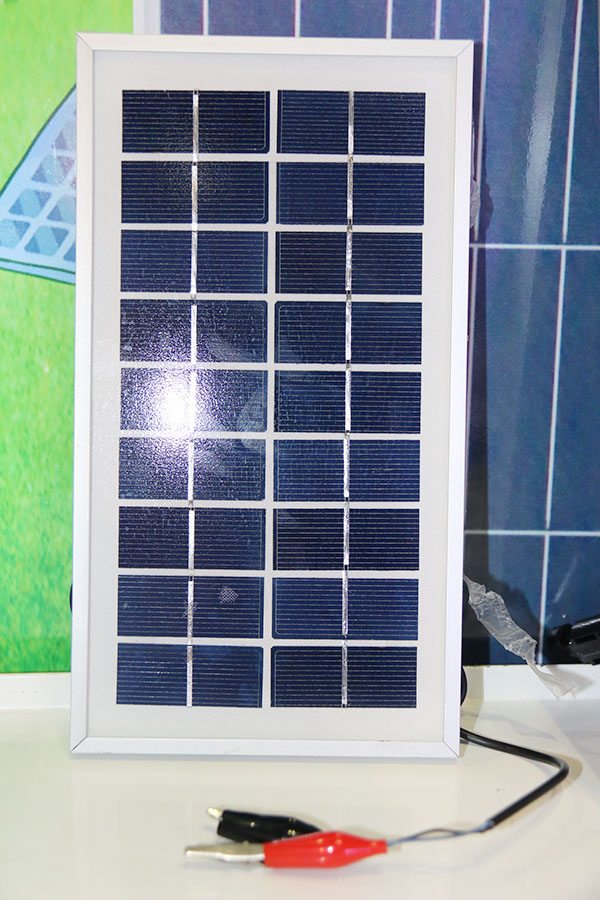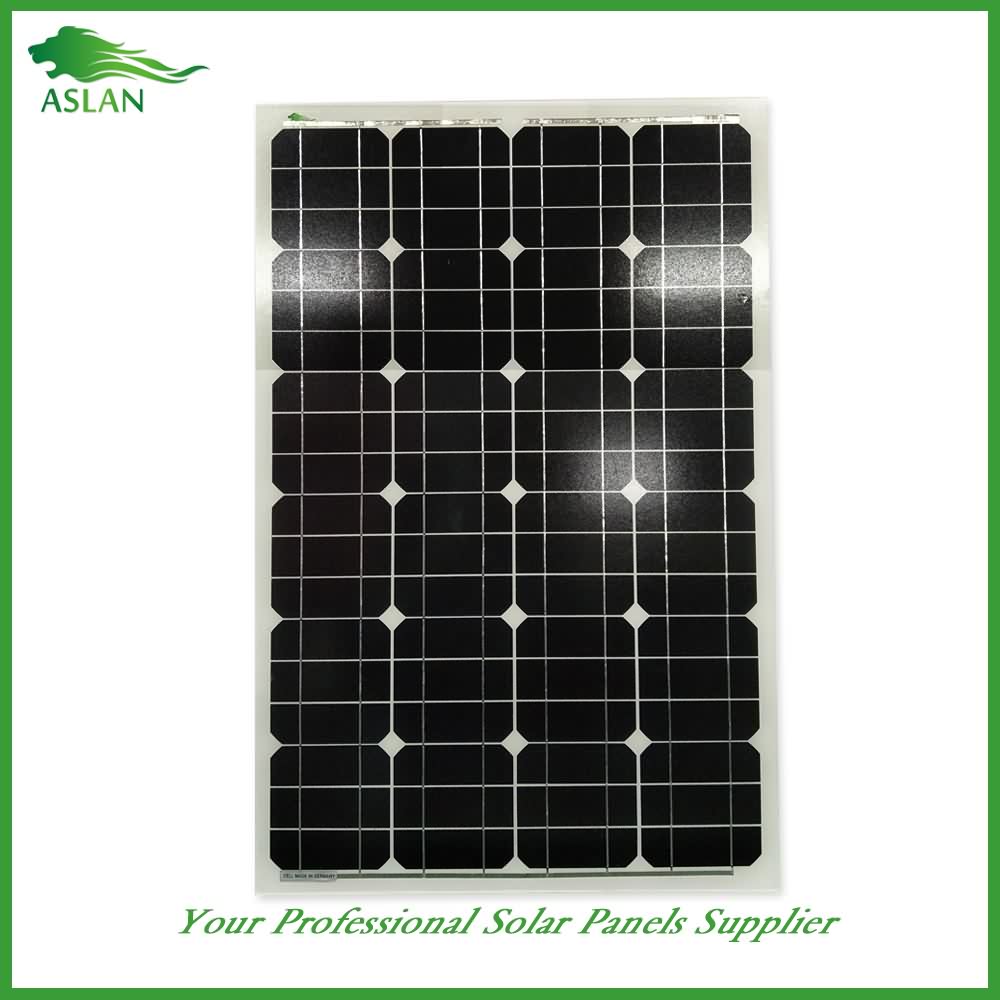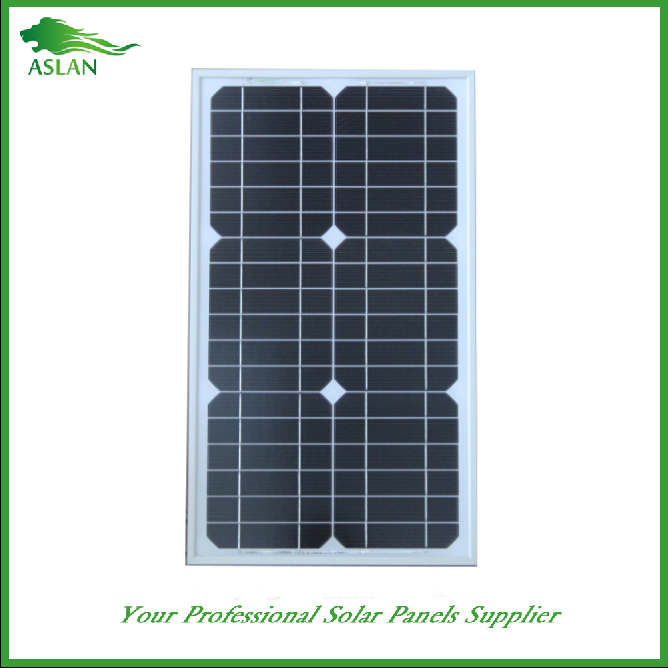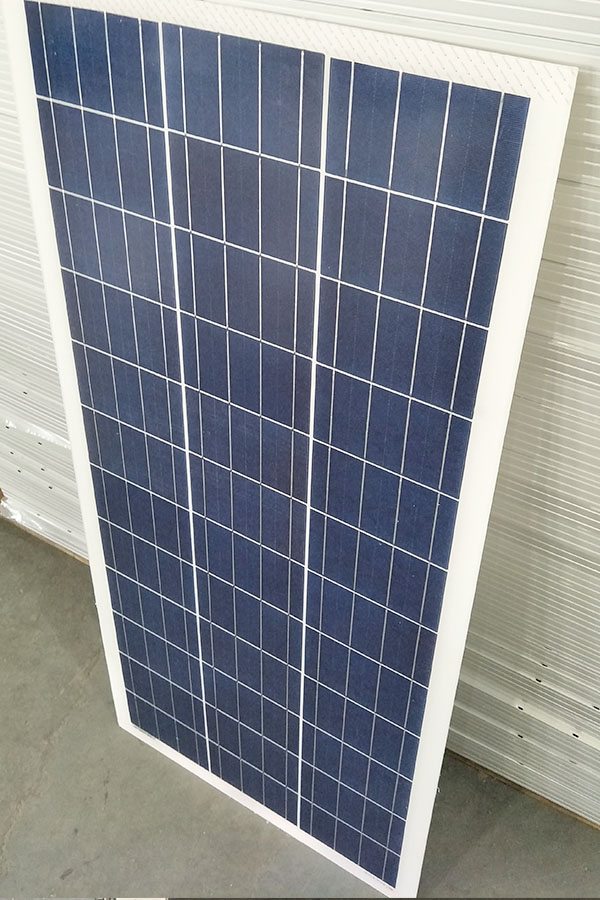Factory For Poly-crystalline Solar Panel 3W Factory in Georgia
Short Description:
We take "customer-friendly, quality-oriented, integrative, innovative" as objectives. "Truth and honesty" is our management ideal for Factory For Poly-crystalline Solar Panel 3W Factory in Georgia, items won certifications with the regional and international primary authorities. For far more detailed information, please contact us!
Poly-crystalline Solar Panel 3W
Technical parameter
Maximum Power(W) 3W
Optimum Power Voltage(Vmp) 9V
Optimum Operating Current(Imp) 0.34A
Open Circuit Voltage(Voc) 10.8V
Short Circuit Current(Isc) 0.37A
Mechanical Characteristics
Cell Type Polycrystalline
No of Cell 18 (2x9pcs)
Dimensions 145x245x18mm
Weight 0.52KGS
Front Glass 3.2mm,High Transmission, Low Iron,Tempered Glass
Temperature and Coefficients
Operating Temperature(°C): -40°C ~ + 85°C
Maximum System Voltage: 600V(UL)/1000V(IEC) DC
Maximum Rated Current Series: 10A
Temperature Coefficients of Pmax: -0.435%
Temperature Coefficients of Voc: -0.35%
Temperature Coefficients of Isc: 0.043%
Nominal Operationg Cell Temperature (NOCT): 47+/-2°C
Materials of solar panel
1).Solar Cell——Polycrystalline solar cell 156*156mm
2).Front Glass——-3.2mm, high transmission, low iron, tempered glass
3).EVA——-excellent anti-aging EVA
4).TPT——-TPT hot seal made of flame resistance
5).Frame——anodized aluminum profile
6).Junction Box——-IP65 rated, high quality, with diode protection
Superiority: high quality anodized aluminum frame, high efficiency long life, easy installation, strong wind resistance, strong hail resistance.
Features
1. High cell efficiency with quality silicon materials for long term output stability
2. Strictly quality control ensure the stability and reliability, totally 23 QC procedures
3. High transmittance low iron tempered glass with enhanced stiffness and impact resistance
4. Both Poly-crystalline and Mono-crystalline
5. Excellent performance in harsh weather
6. Outstanding electrical performance under high temperature and low irradiance
Quality assurance testing
Thermal cycling test
Thermal shock test
Thermal/Freezing and high humidity cycling test
Electrical isolation test
Hail impact test
Mechanical, wind and twist loading test
Salt mist test
Light and water-exposure test
Moist carbon dioxide/sulphur dioxide
Making the trek into the MN cabin and setting it up for a two week stay. Starting the propane refrigerator and setting up a few solar panels are some of the chores that need done upon arrival.
The Types of Solar Electric Systems
Electric systems have been created because of the rise of solar power as a reliable and cheap source of energy. There are now different techniques, methods and systems that depend on solar power to run plants, houses and offices effectively. You should learn more about these systems to determine the best types that will provide you with the most benefits. You can choose to make your own or just purchase one from top manufacturers.
The Stand Alone System
There are small stand-alone electric systems that are very good at giving economical electricity. These systems are mainly used to power RV, lighting, backup power systems, portable power systems and cabins. The size of the array of photovoltaics or the number of solar panels, as well as the battery will rely on the individual power requirements.
The solar panels charge the battery during daylight periods and the battery will provide power to the inverter whenever required. The inverter transforms the 12 volt batteries DC power into 120 volt AC power. This is the most useful kind of current for majority of applications. The charge controller will terminate the charging once the battery reaches the full charge. The batteries will not gas out this way and battery longevity is enhanced.
Grid-Tie Solar System
The grid-tie solar system is very useful for homes that are already linked to the utility grid. The primary advantage of this kind of system is the cheap price of utility. The system needs to be wired with an inverter that creates pure-sine-wave AC electricity, which is needed for linking to the utility grid. Another benefit of this electric system type is the tax incentives. There are also rebates provided depending on the local agency and the state.
If you own a grid-tied system in California, you can make use of some programs that will minimize the total cost of the system. Majority of the system usually do not include the battery storage that lets power in once the utility does not work. Grid-tie systems are installed using battery backup power to maintain critical loads even in the presence of a power failure.
The Full Stand-Alone
The complete or full stand-alone system is very useful for complete independence from electric utility companies and fossil fuels. The benefit of the system is the capacity to provide power away from the utility, as well as creating a measure of self independence. The complete stand-alone home solar system will usually have a couple of inverters to supply the AC house current needed to power very big loads like air conditioners.
An available second inverter will help make sure that power is present if one of the inverters will need servicing. Self-contained systems like these require an adequate battery keeping capacity to give electricity when solar power is not available because of prolonged adverse weather conditions. The complete stand-alone system usually needs 20 solar panels for safe battery keeping and adequate charging. You may ask an expert to help you decide between systems to that you get the most out of your investment.
SHARE, LIKE & SUBSCRIBE FOR MORE FREE STUFF
*****************************************************






